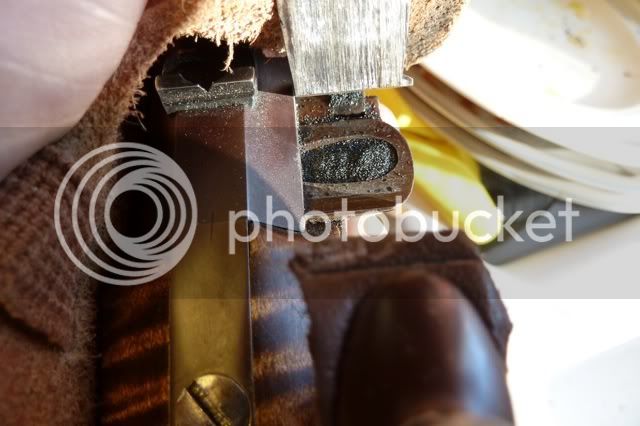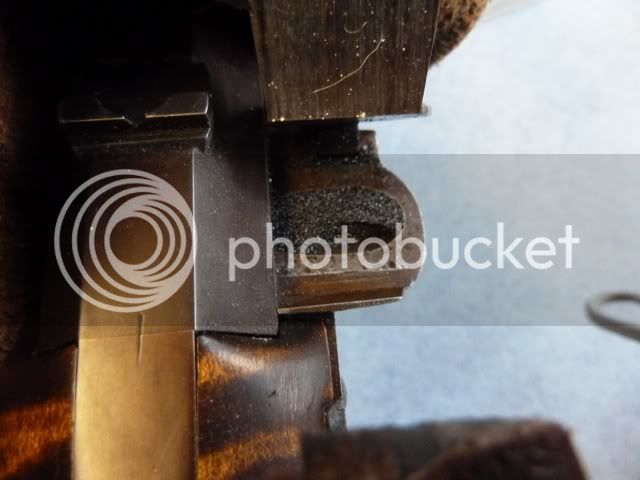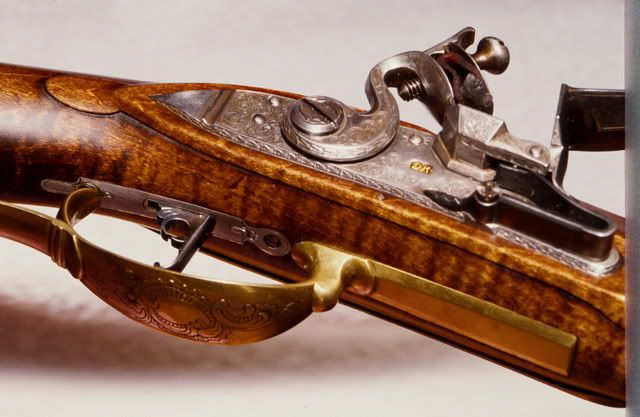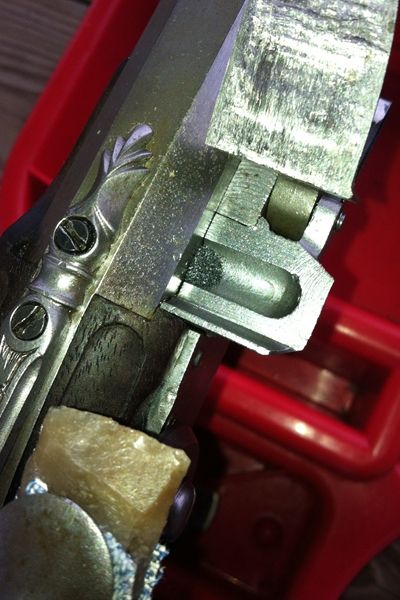- Joined
- Dec 25, 2011
- Messages
- 9,908
- Reaction score
- 4,892
A friend from Texas says "Tighter than Dick's hat band"! :rotf: MD

M.D. said:I was wondering how full a pan should be for best ignition in general. Smooth full with the frizzen flat against or should there be some space in there? MD


hanshi said:I use the least amount that works. Too much prime slows ignition and slow ignition means less accuracy. I try for NEVER over 1/3 pan full. When not in a hurry I usually go with a "pinch" of prime and ignition sounds instantaneous. My guns only require a few kernels of powder for reliability and FAST ignition. I can HEAR the difference between a pinch and 1/2 or more full.

Rifleman1776 said:But on the matter of prime the larger the “footprint” it has the greater chance the spark will hit a good spot for “reliable” ignition.
Covering the touch does not slow ignition. Even some trickling in is a good thing.
Use enough and don't skimp om it. It's cheap!
Here we go again.
Completely disagree. A good lock will give all the spark contact with powder you need.
Less primer powder the quicker the ignition. Too much powder will require time for it to burn down before the heat reaches the touchhole.
The actual barrel ignition is not causes so much by the primer burning into the barrel as a sort of venturi effect bringing the heat to the main charge.
 this time anyway, is modern testing, cameras and computers prove you are mistaken. As are all the rest that think less is more and against the touch hole is bad.
this time anyway, is modern testing, cameras and computers prove you are mistaken. As are all the rest that think less is more and against the touch hole is bad.ebiggs said:Rifleman1776 said:But on the matter of prime the larger the “footprint” it has the greater chance the spark will hit a good spot for “reliable” ignition.
Covering the touch does not slow ignition. Even some trickling in is a good thing.
Use enough and don't skimp om it. It's cheap!
Here we go again.
Completely disagree. A good lock will give all the spark contact with powder you need.
Less primer powder the quicker the ignition. Too much powder will require time for it to burn down before the heat reaches the touchhole.
The actual barrel ignition is not causes so much by the primer burning into the barrel as a sort of venturi effect bringing the heat to the main charge.
Unfortunately for you,this time anyway, is modern testing, cameras and computers prove you are mistaken. As are all the rest that think less is more and against the touch hole is bad.
Also the position of the touch hole has a best placement spot for sure, but it is not a deal breaker if it is not exactly located. Another old wives tale blow away with modern testing equipment.
Mr. Phariss is absolutely correct and I agree totally with him on this subject. :thumbsup:
Now you guys are free to use whatever you like but the facts are what they are. :shake:
